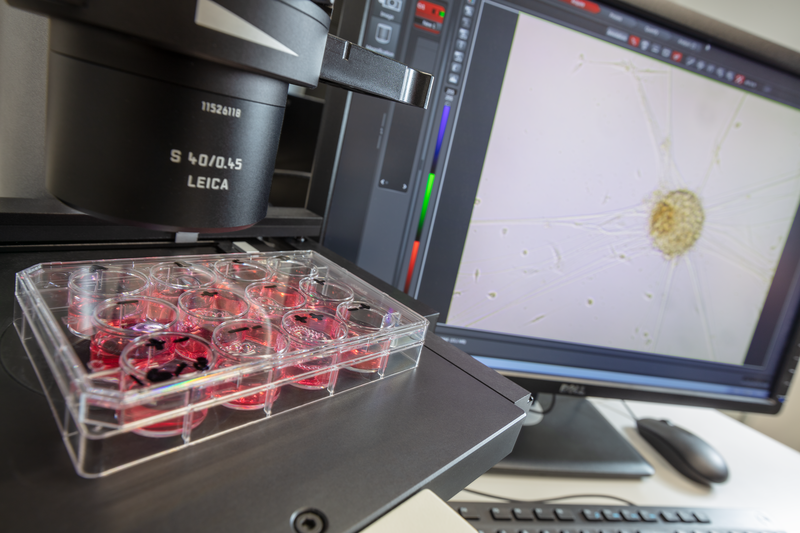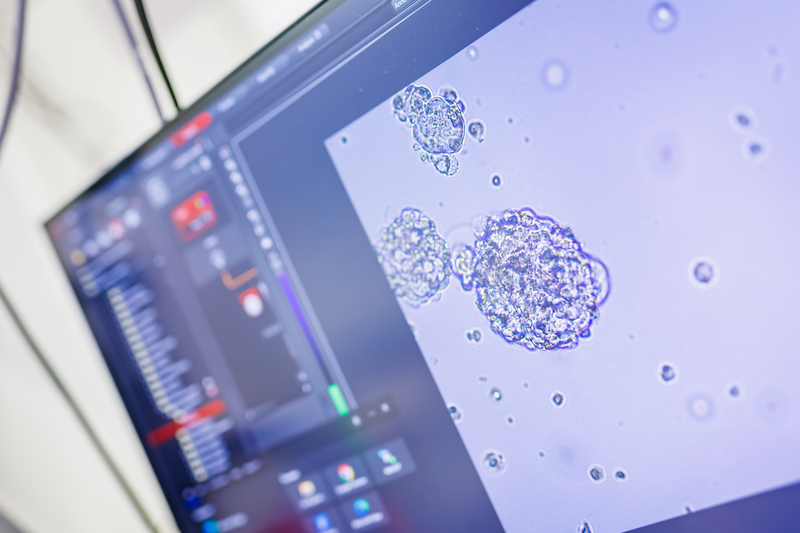Purpose for research
All forms of childhood cancer are rare. For many of these tumors, there are only very limited models available to study them in the lab. The models that do exist – for example cell lines or mice – do not always correspond well with the original tumor in the child's body. A more recent type of research model to simulate tumors in the lab are organoids. Adult stem cell-derived organoids are self-organizing structures grown in vitro that faithfully represent the tissue of origin. When using this technique on diseased and cancerous tissues, we can use the tumor organoids as ‘avatars’ of patients, which enables us to study individual drug responses.
Of adult tumors, tumor organoid biobanks of different cancer types have already been made and are available for researchers to obtain. In the last five years, a lot of progress has been made within the Máxima Center to also generate tumor organoid models for pediatric cancers. These pediatric tumor organoid models have successfully been developed in several different research groups in the Máxima Center, and include:
- Wilms tumors
- Ewing sarcomas
- Neuroblastomas
- Diffuse midline gliomas
- Malignant rhabdoid tumors
- Craniopharyngiomas
- Hepatoblastomas
- Ependymomas
- Rhabdomyosarcomas.
Various research groups at the Máxima Center are already working with organoids, for example for research into targeted therapies and for high-throughput drug screening. By making pediatric tumor organoid models available, the CMOB also makes new fundamental research into childhood cancer possible, including tumor development and growth, and finding targets for new treatments.



